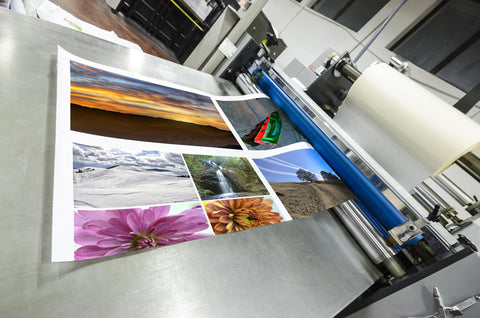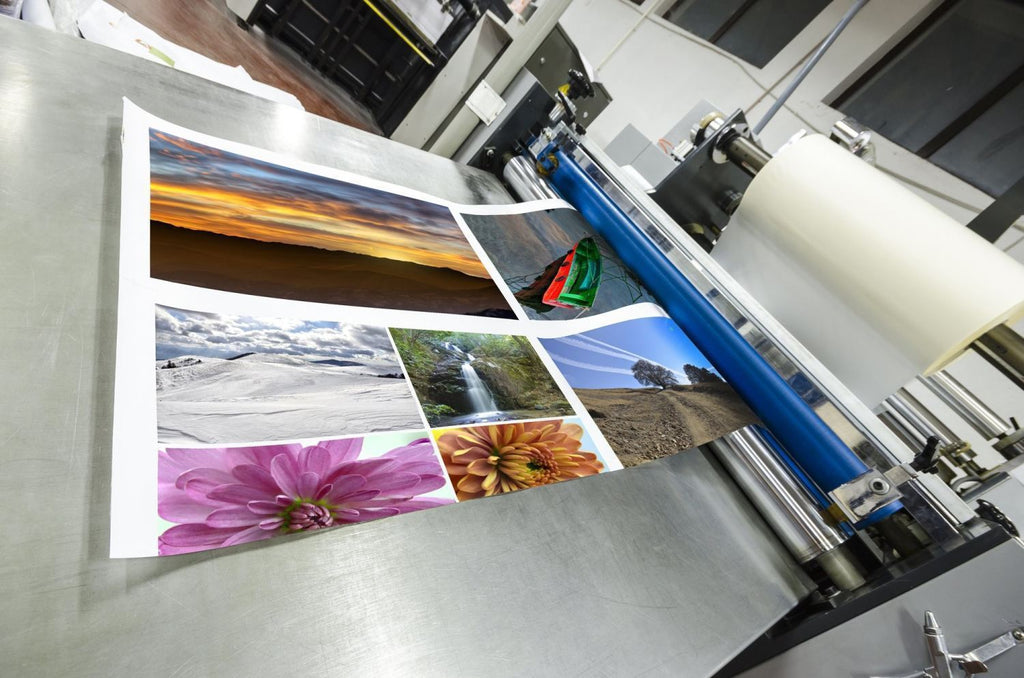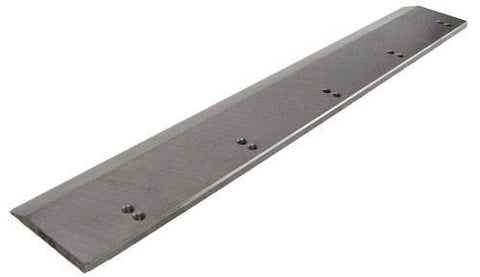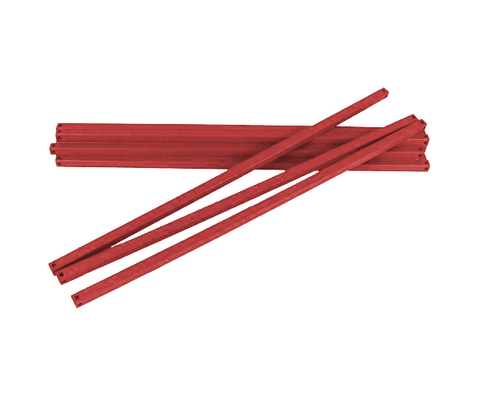How to Start a Printing Business: 5 Equipment You Should Have

Being in the printing business means investing in printing equipment and supplies. But if you want to keep your expenses manageable, you need to know which pieces of equipment to invest on. Don't worry. We've done the research for you. Here are the 5 equipment you need to start a printing business.
No matter how big or how small, starting any business means getting some equipment. Even freelance writers need a computer. If you want to start a printing business that offers a fairly full range of services, though, that means a lot of equipment.
Sorting through all the options can prove daunting.
So, keep reading and we'll help you pin down five kinds of equipment you'll need.
1. Printers
Printers are your most important equipment, but you'll face some choices. If you're on a tight budget, you'll probably start with professional-grade laser and inkjet printers. These offer you a lot of flexibility for standard size documents.
You can branch out from there with wide format printers for banners or posters.
Another small printing business equipment option is a garment printer. Again, this gives your printing business some flexibility. You can even offer garment printing as part of a bundle for corporate clients.
If you can swing the cost and space, you might even consider commercial grade offset printing press. These enable large-scale print runs, but the equipment is very expensive.
2. Laminator
Certain types of customers will want lamination services.
A business that orders new IDs for all of its employees, for example, will likely want them laminated. Say a local group plans on handing out bookmarks with their organization logo on it. They might ask for lamination on the bookmarks to improve durability.
Lamination might not make up a big portion of your business, but it's practical to have a laminator.
3. Cutting System
Owning a printing business means that you'll cut a lot of paper. After all, you print those business cards in sheets.
Cutting systems come in a few flavors, but you'll probably start with a manual cutter. Once your bottom line can support it, though, you can always upgrade to a semi-automatic or fully automatic cutter.
4. Computer and Graphic Design Software
You'll need at least one higher end computer in your shop for graphic design work. Graphic design work soaks up a lot of your computer's resources. Look for a computer with a powerful CPU and graphics processing unit, as well as lots of onboard RAM.
The Adobe suite of software is generally considered the standard for graphic design work. The pitfall is that you can only get the newest versions of the software through a subscription. That can get expensive over time.
If you aren't ready to bite that bullet, there are open source alternatives.
5. Binding Equipment
Binding equipment isn't an absolute necessity, since not every print shop offers binding. You have several options if you decide that you want to offer binding services, such as:
- comb binders
- wire binders
- thermal binders
Comb and wire binding let you get into binding at a lower price point. Thermal binding equipment costs more, but you can also charge more for offering a high-end service.
Parting Thoughts on Equipment for Starting a Printing Business
Starting a printing business means investing in a lot of equipment.
For a bare-bones operation, you need pro-grade laser and inkjet printers. You'll also need a cutting system and a good computer with graphic design software.
For a well-rounded operation, you can add a commercial offset printer, laminator, and binding equipment to the list.
Triumph Cutter specializes in cutting systems. If you need some help deciding what kind of system you need, get in touch.




